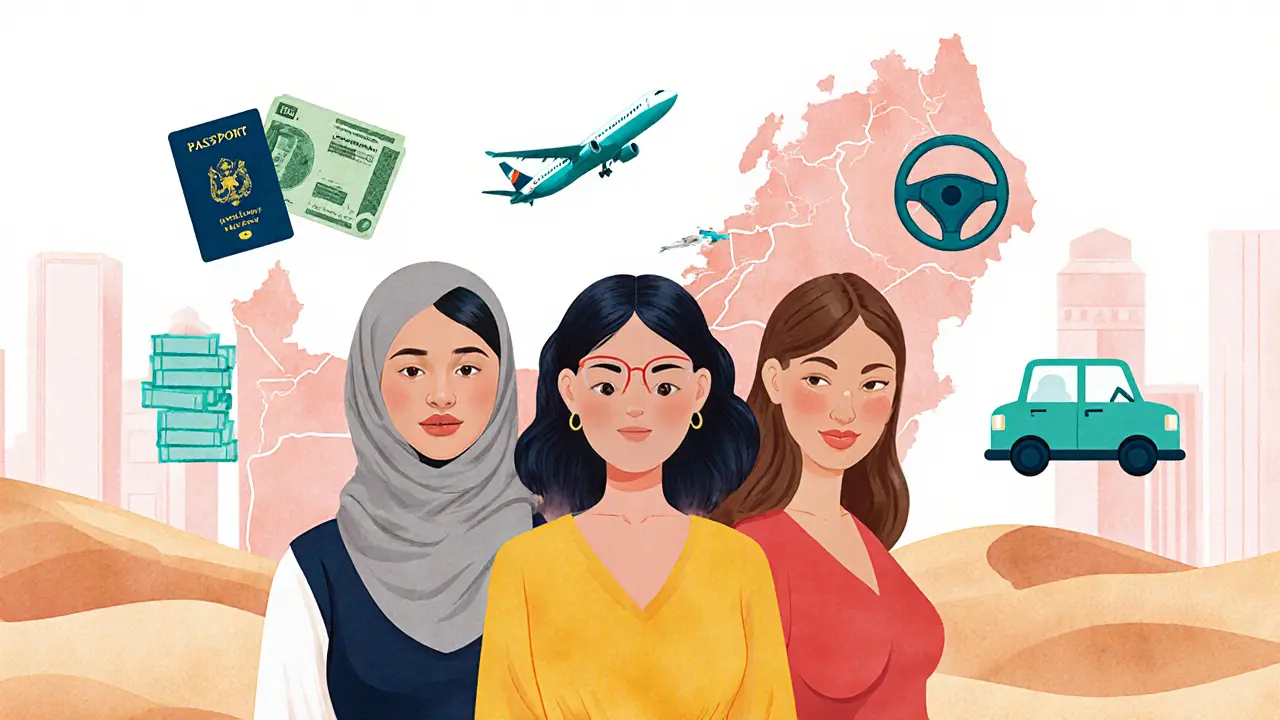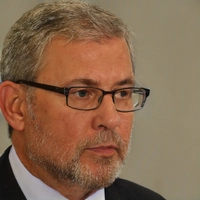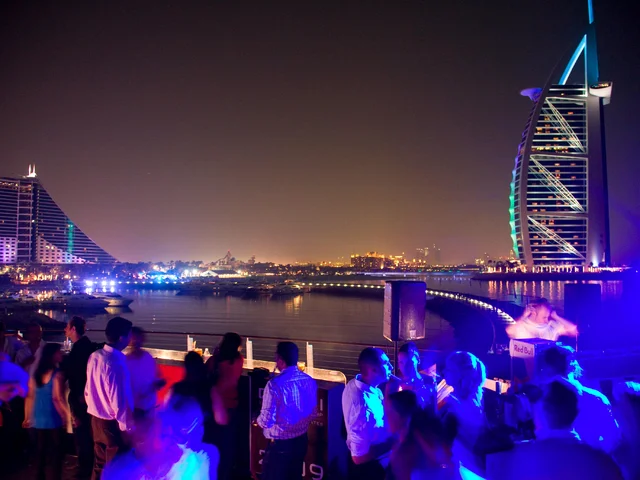When people talk about the call girl industry in Dubai is a segment of adult entertainment that offers paid escort services, operating within a unique legal and economic environment, the focus often stays on sensational headlines rather than the numbers behind it. This article pulls back the curtain and delivers a data‑driven look at how the market works, who’s involved, how prices are set, and what the broader economy feels.
Legal Landscape Shaping the Market
Understanding any economic analysis in Dubai starts with the law. The Sex work legislation in the United Arab Emirates criminalizes prostitution, but enforcement varies widely. While outright solicitation can lead to imprisonment, many services operate under the label of “companionship” or through private agencies that claim to provide “entertainment” without explicit sexual contracts.
This gray area creates a risk premium: both workers and clients pay extra for discretion, and intermediaries charge higher commissions to cover legal contingencies. The result is a market that appears “underground” but actually runs alongside mainstream sectors such as tourism and hospitality.
Supply Side: Who Works as Call Girls?
The workforce is a mosaic of expatriates, local nationals, and transient residents. Expatriate workers from the Philippines, Eastern Europe, and South America often enter the field for higher earnings compared to typical service‑industry wages. According to a 2023 study by the Gulf Labor Observatory, over 60% of Dubai’s escort workers are non‑UAE nationals, attracted by the city’s tax‑free salary structure.
Local Emirati women are a tiny minority, mainly due to cultural taboos and stricter family oversight. Many agencies recruit from neighboring GCC (Gulf Cooperation Council) countries, where labor mobility is facilitated by regional agreements.
Demand Drivers: Who Pays and Why?
Clients range from high‑net‑worth tourists to business travelers and local expatriates seeking companionship. The Tourism industry contributes roughly 12% of Dubai’s GDP, bringing millions of affluent visitors each year fuels a steady stream of demand.
Business travelers often cite the need for a “social liaison” to navigate networking events, while wealthy tourists treat services as part of the luxury experience. In 2022, luxury hotel occupancy rates peaked at 85% during the winter months, coinciding with the highest volume of escort bookings.

Pricing Structure and Revenue Flow
Pricing is tiered by experience, nationality, and exclusivity. A typical entry‑level escort might charge AED1,500 (≈US$410) for a two‑hour session, while high‑end providers command AED8,000 (≈US$2,180) or more for an evening. Agencies usually keep a 30‑40% commission, with the remainder split between the worker and any “manager” or “security” fees.
Seasonal spikes occur during major events-Dubai Shopping Festival, World Cup matches, and Expo 2025. During these periods, average rates can jump 20‑30% as scarcity drives up client willingness to pay.
Economic Contribution to the City
Estimating the exact contribution is challenging due to the informal nature of the market, but indirect metrics provide insight. The Economic impact of adult entertainment on Dubai’s service sector is estimated at 0.5% of total GDP, equating to roughly AED6billion annually. This figure includes ancillary spending on hotels, restaurants, transport, and luxury goods.
Furthermore, the sector creates employment for support staff-drivers, makeup artists, and security personnel-adding another estimated 4,000 jobs across the city.
Risks, Regulation, and Social Costs
Beyond legal risks, the market grapples with human‑trafficking concerns. NGOs report that a small but significant portion of workers are coerced or indebted to recruiters, a phenomenon amplified by the high commissions demanded by agencies.
Authorities have launched periodic crackdowns, typically targeting unlicensed agencies. These operations temporarily suppress supply, leading to short‑term price spikes, but overall the market adapts quickly, shifting operations online or into more discreet venues.

Comparison of Gulf City Rates
| City | Entry‑level (AED/hr) | Mid‑tier (AED/hr) | High‑end (AED/hr) |
|---|---|---|---|
| Dubai | 750 | 2,500 | 5,500 |
| Doha | 600 | 2,000 | 4,800 |
| Riyadh | 500 | 1,800 | 4,200 |
Dubai consistently leads on price, driven by its higher concentration of luxury tourists and a more mature service infrastructure.
Key Takeaways
- The call girl market in Dubai is a multi‑billion‑AED industry that operates in a legal gray zone.
- Expatriate workers dominate the supply side, attracted by higher earnings than comparable regional jobs.
- Tourism, business travel, and high‑profile events are the main demand engines, pushing rates up during peak seasons.
- Indirect economic contributions include hotel occupancy, luxury retail spending, and ancillary employment.
- Risks such as legal enforcement and human‑trafficking remain significant challenges for policymakers.
Frequently Asked Questions
How much does a typical escort cost in Dubai?
Entry‑level services start around AED1,500 for a two‑hour slot, while high‑end providers can charge AED8,000 or more for an evening.
Is the call girl industry legal in Dubai?
Prostitution is illegal under UAE law, but many services operate under the guise of companionship or private entertainment, creating a de‑facto gray market.
What proportion of Dubai’s GDP does adult entertainment generate?
Indirect estimates place the sector’s contribution at roughly 0.5% of total GDP, or about AED6billion per year.
Who are the main clients of Dubai’s escort services?
Clients include affluent tourists, business travelers, and expatriates looking for companionship or networking assistance.
Are there any social or human‑rights concerns?
Yes. Reports indicate instances of coercion, debt bondage, and trafficking, prompting NGOs and authorities to monitor the sector closely.
All told, Dubai call girl economics reveals a complex web of legal ambiguity, high‑earning expatriate labor, and a sizable boost to the city’s luxury economy. Understanding the numbers helps policymakers balance enforcement with the realities of a market that, for better or worse, is deeply woven into the fabric of Dubai’s global appeal.







